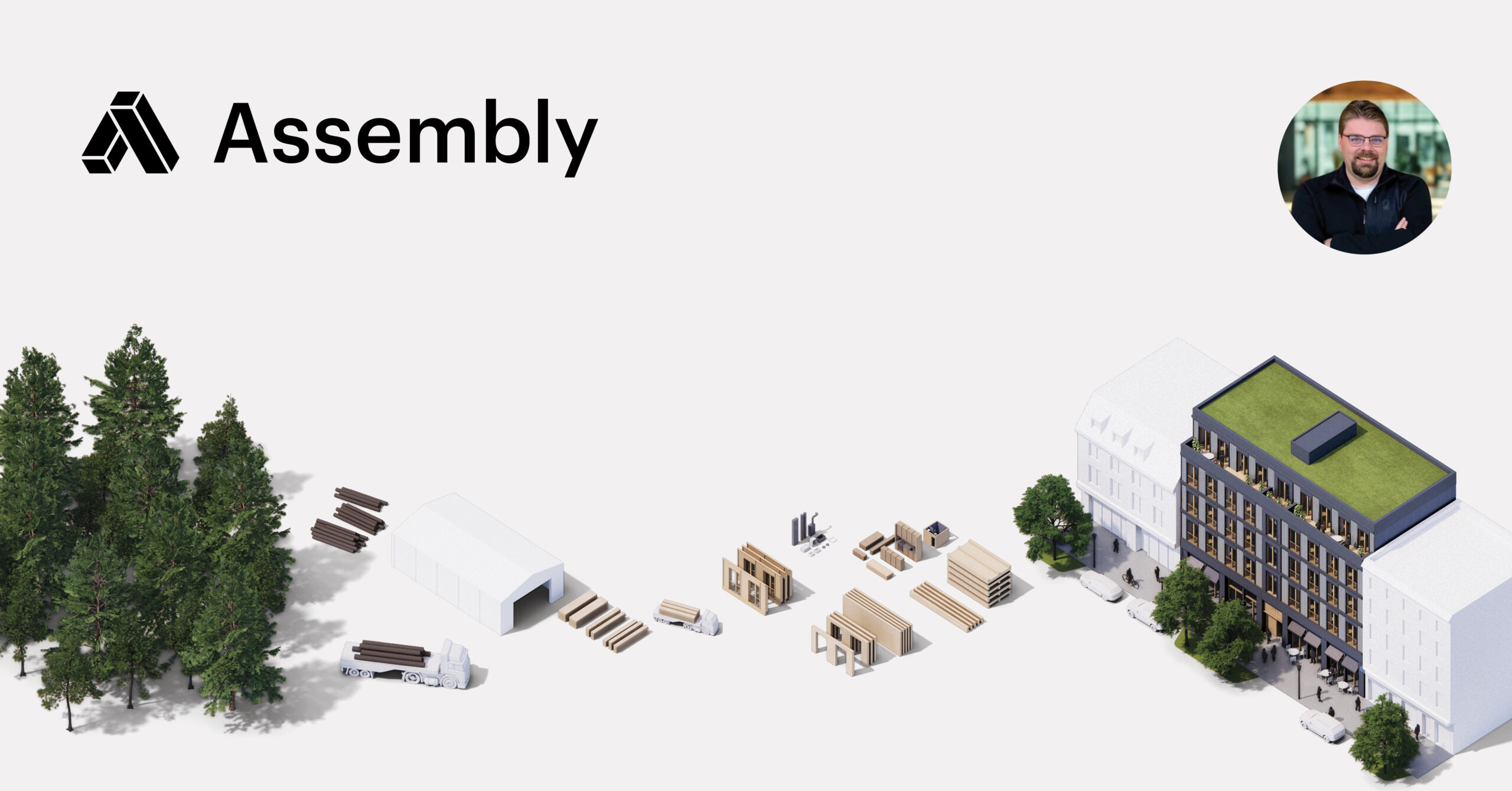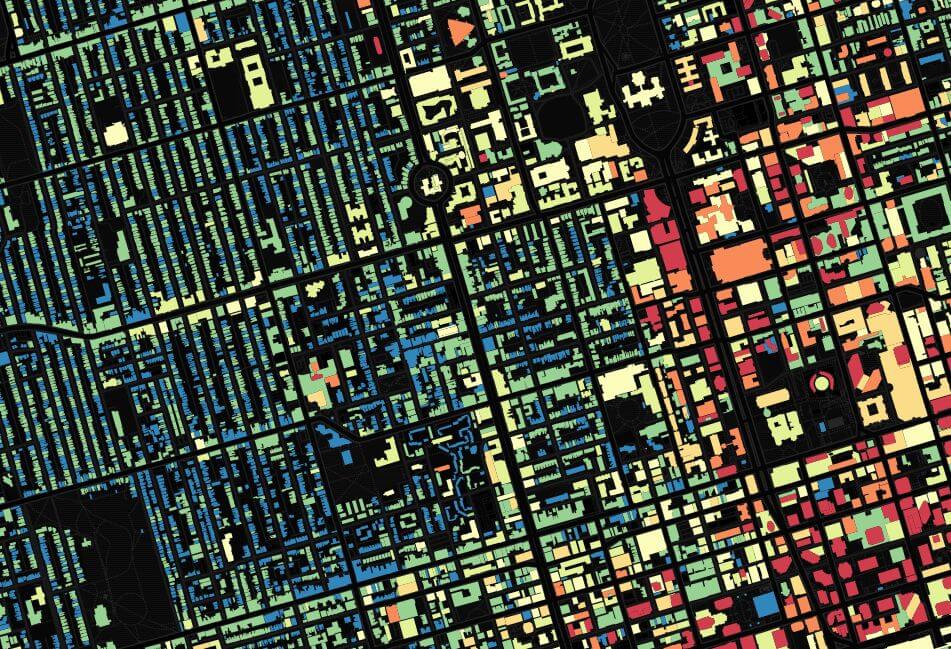Here at R-Hauz, we talk a lot about providing housing as a product, more specifically a product that is faster, cheaper, and more sustainable than the traditional housing options available. When it comes to how we can deliver a housing solution that meets these high standards, a lot of it comes down to the design process and supply chain. These are two key areas where we are looking to innovate and pass on the benefits to our customers!
R-Hauz is pleased to announce that it will receive advisory services and up to $130,000 in funding from the National Research Council of Canada Industrial Research Assistance Program (NRC IRAP) to support two research and development projects. The objectives of these projects are to:
- Create designs for our laneway suites using Building Information Modelling (BIM) software that manages the designs in a 3-D model format.
- Explore the technical manufacturing and supply capacity in our supply chain and complete supply chain research that best adapts to our construction context.
During the spring, while a lot of construction was slowing down due to COVID-19, we were ramping up our BIM design work for our laneway suite and our 6-storey “townhome” program. And now, as our designs near completion, we’re starting our next R&D project in supply chain research. Ultimately, these R&D projects support our long-term supply-chain strategy that allows for our design and construction teams to collaborate, limiting design clashes, realizing cost savings, and reducing onsite construction time.
R-Hauz co-founder and Head of Design and Construction, Michael Barker, adds; “We are very pleased to be advancing our core strategy of creating designs that are aligned with more manufacturing and assembly versus one-off site construction. This, together with creating repeatable designs, will be a game-changer in the residential market, particularly in the missing middle density category“.
So how exactly do you innovate in a more traditional industry (such as construction)? The R-Hauz founders were inspired by the processes and learnings from other more technologically advanced industries (such as automotive and airplane manufacturing). From there we’ve broken it down to 6 steps:
Step 1: Design for Manufacturing and Assembly (DFMA)
We’re taking an industry accustomed to 2D drawings and instead we are creating 3D designs for both permit and construction purposes. And to do this we are leveraging Building Information Modelling (BIM) software. These designs will allow for increased compatibility with offsite manufacturing solutions. Long-term this work can reduce design time and costs significantly for each new building project!
Step 2: Work with Stakeholders to Define the Process
A problem with the current construction industry is the approach of designers and trades all working in silos. The basis of our supply chain research is to collaborate with all stakeholders from architecture, engineering and material science to production and assembly. This work facilitates the optimization of the supply chain. We believe that collaboration and data sharing within our supply chain can increase efficiency throughout the building lifecycle and build a better building product.
Step 3: Offsite production & Prefabrication
A key piece of innovation is often disrupting an established way of doing things, and in construction, that’s working onsite. Our approach deviates here, as we look to define opportunities to shift onsite construction to offsite production. Part of this work includes defining opportunities to produce subcomponents of the build as plug-in modules (such as bathrooms delivered to the site already completed) or increase the level of offsite completion (such as our wall panels). The key to success in creating this shift is to work with our design teams, production teams, and supply chain partners to integrate all components and streamline fabrication processes.
Step 4: Support Local and National Businesses
In a time of globalization and outsourcing production, our supply chain strategy takes a different approach. To minimize transportation costs and delays, our goal is to find and develop supply chain partners based in Ontario or Canada.
Step 5: Just in Time Delivery
Finally, all this work wouldn’t matter if our offsite production elements don’t arrive at the site just in time for the onsite team to quickly assemble components and minimize disruption to our customers. This is why we are focused on working with our suppliers to build delivery capabilities in line with the faster build timelines of our program. In an industry where time is money, faster builds are the crucial last piece of the puzzle.












